December 10, 2023
Higashi Hongan-ji
Higashi Hongan-ji, the head temple of the Ōtani-ha branch of Jōdo Shinshū, was most recently constructed in 1895 after a fire burned down the previous temple. In fact, Various parts of Higashi Honganji, including the Founder’s Hall and Amida Hall, burned down four times during the Japanese Edo Period.
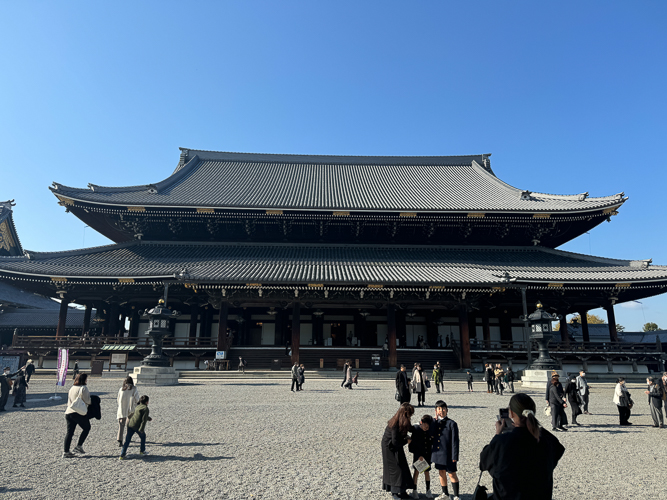
The Founders Hall of Higashi Hongan-ji is one of the largest wooden structures in the world.
This temple represents how often buildings burned in Japan throughout history.
The great Kyoto Fire of the Tenmei Era broke out on March 7, 1788, and burned for two days. It is also known as Donguri Yake, which is the name of the area of town where the fire began in an unoccupied house. The fire did major damage including the destruction of the Imperial Palace and Nijo-jo Castle. This fire is regarded as one of the “Three Great Fires of Kyoto” (of the early modern period). The others are the Hoei Era fire and the Genji era fire, which was a result of the Kinmon incident.
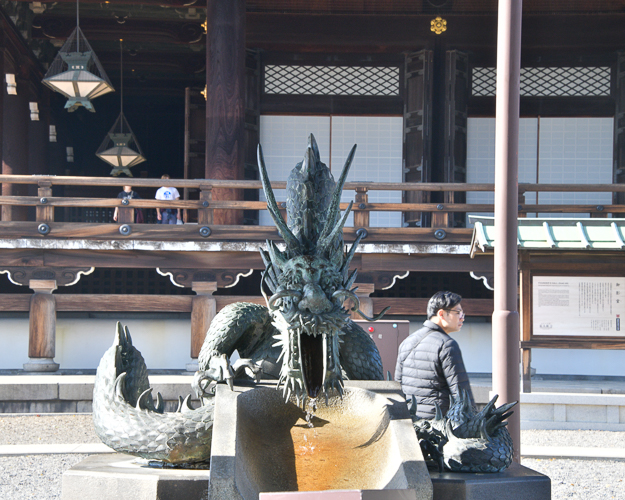
A Dragon spouting water to fill the Temizuya.
The Great Fire of the Hoei Era occurred in Kyoto on April 28, 1708. A fire that started in a money exchange shop, fed by winds, and burned down the Imperial Palace, Sento Imperial Palace, Empress Dowager’s Palace, the Crown Prince’s Palace, as well as the mansions of nobles such as the Kujo Family and the Takatsukasa Family.

A small example of the exquisite carvings and metalwork found around the temple.
Higashi Hongan-ji suffered again in 1823 when an accidental fire destroyed many of the temple buildings. They were rebuilt in 1835. After burning down once again in 1858, the destroyed halls were quickly and temporarily reconstructed. However, these temporary halls burned down in a city-wide fire caused by the Kinmon incident on July 19, 1864. The Kinmon incident was a rebellion against the Tokugawa shogunate, in which the rebels, fighting to restore the emperor, set fire to the town.
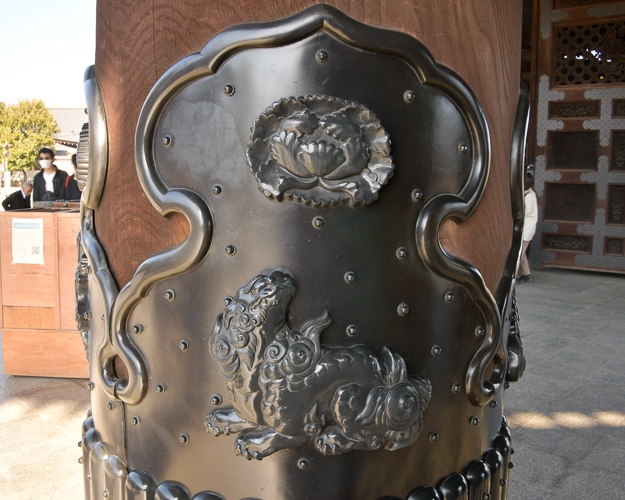
*
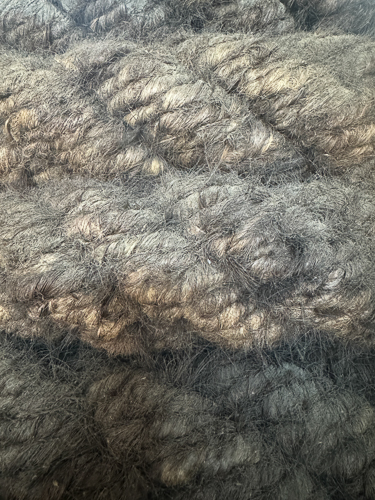
Notice the human hair woven with hemp.
Hemp ropes necessary to haul the massive timber needed for the reconstruction of Higashi Hongan-ji after the 1864 fire were of such low quality as to snap under heavy load, causing many serious accidents.
To remedy the issue, female devotees throughout Japan donated their hair to strengthen the ropes. A total of 53 ropes were made using donated hair, the largest was 360 feet long and 16 inches thick and weighed about one ton.
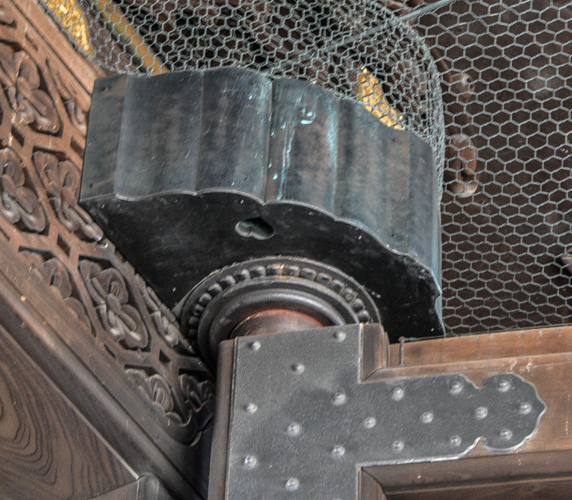
A top hinge of the front doors of Higashi Hongan-ji
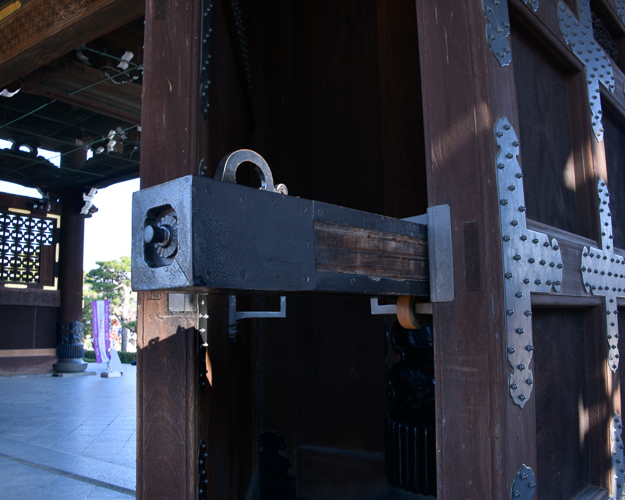
The door-locking mechanism of Higashi Hongan-ji
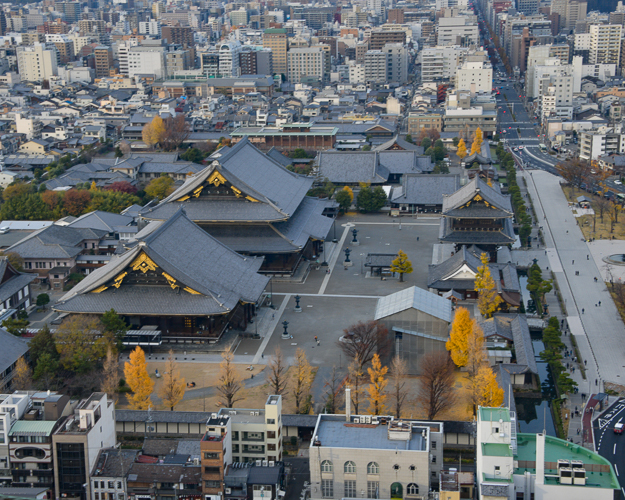
Higashi Hongan-ji from Kyoto Tower
When Tokyo was the capital of Japan, it was called Edo. During the Edo period (1600−1868), there were so many fires that the city was described by the saying, “Fires and quarrels are the flowers of Edo”.
Between 1600 and 1945, Edo/Tokyo was leveled every 25–50 years or so by fire, earthquakes, tsunamis, volcanic eruptions, and war.